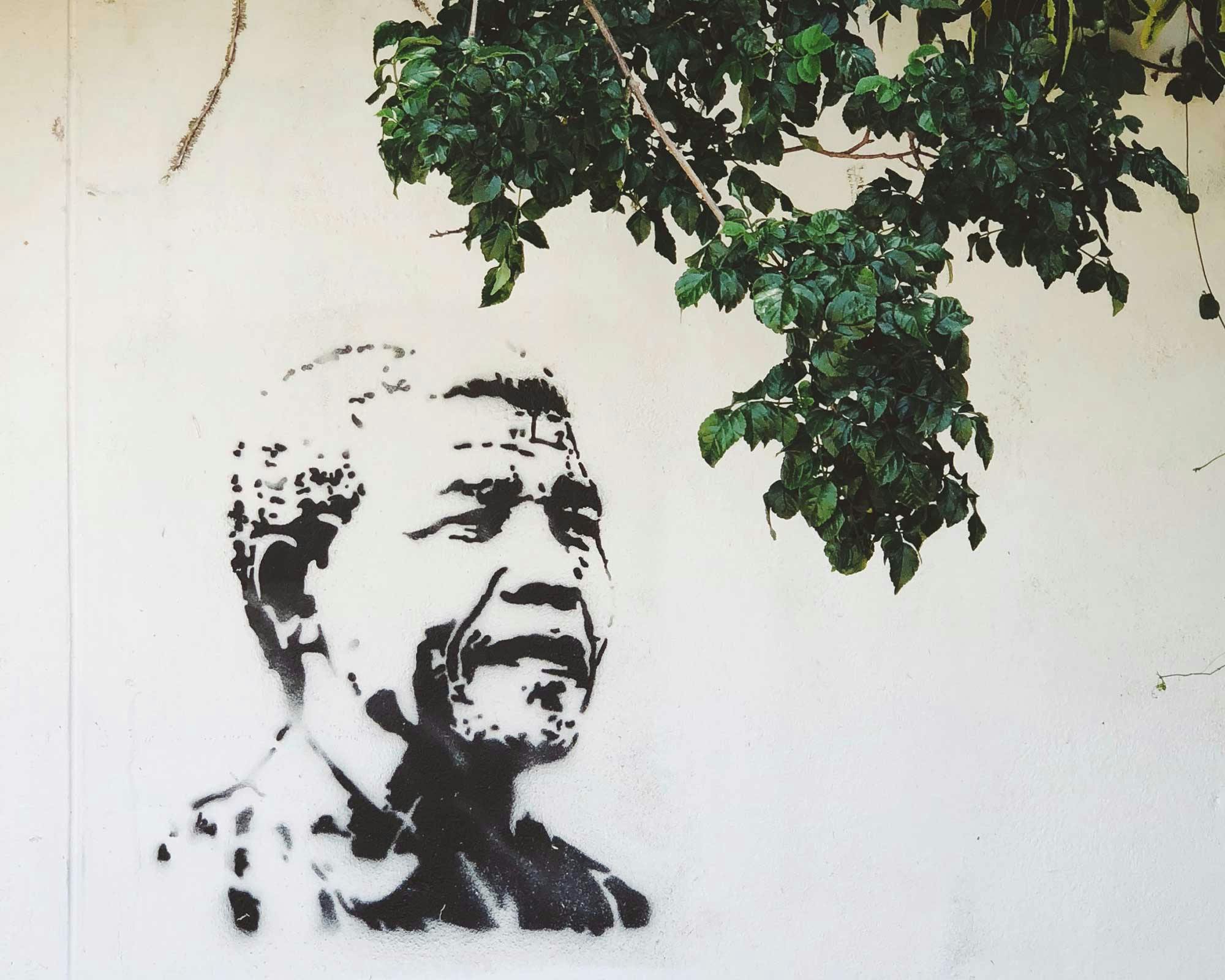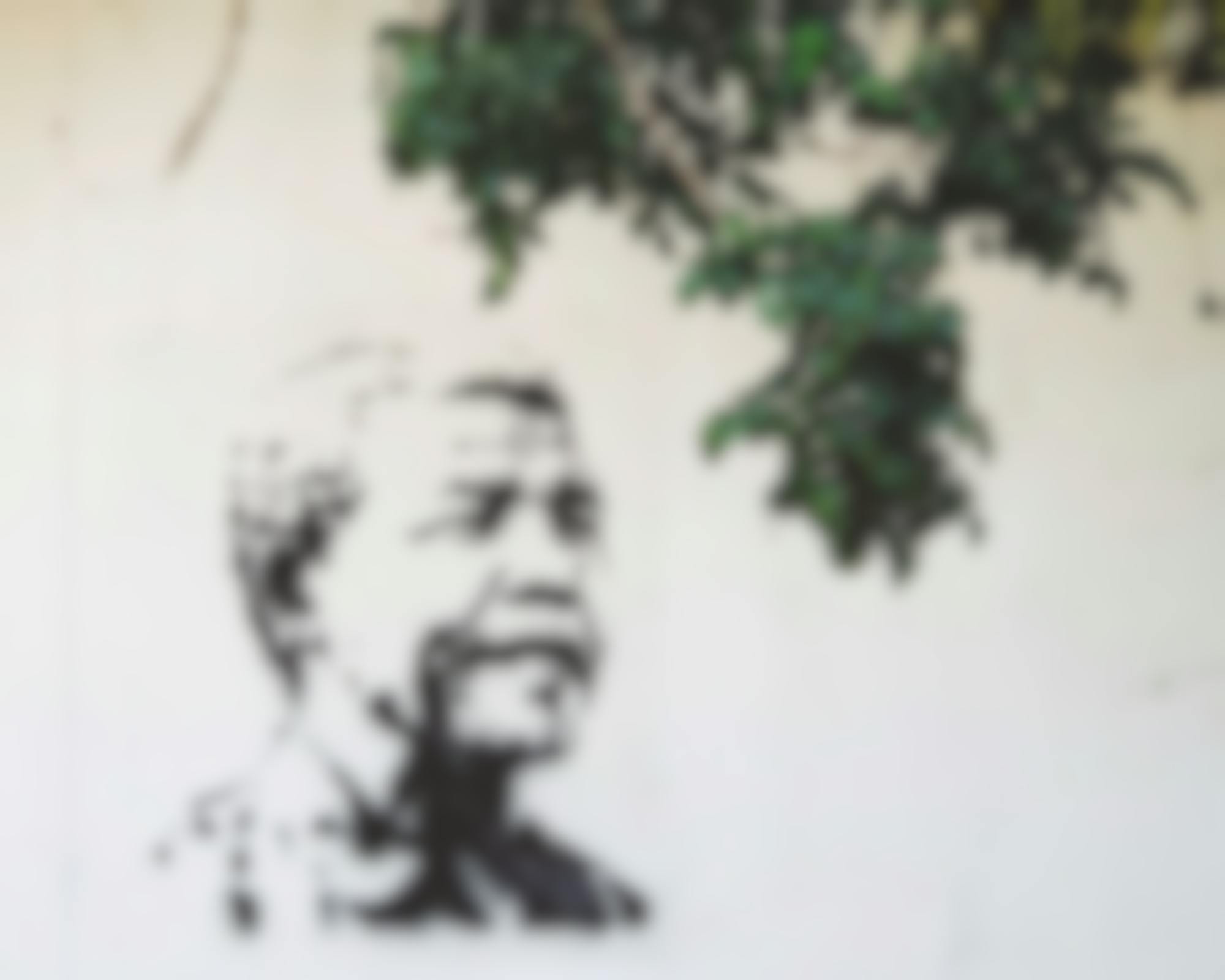
Throughout history, we have seen many people who have courageously born attacks on their convictions: convictions that have affected not just themselves but humankind as a whole. In July, we celebrate and remember one such man.
I am prepared to die.Quote:
Nelson Mandela, the speech from the dock.
There is an idea, having the courage of one’s convictions. In reality, it’s a matter of having the courage for an attack on one’s convictions that matters most. Are your convictions strong enough to withstand the attacks of social media, the naysayers, or the eternally negative? Are your convictions strong enough to hold up against a government bent on keeping you down, keeping you in a subhuman class? Have you ever posed that question to yourself after you have shouted, this is what I believe? How strong are my convictions?
Throughout history, we have seen many people who have courageously born attacks on their convictions: convictions that have affected not just themselves but humankind as a whole. In July, we celebrate and remember one such man. A man who held the conviction that people are people and that people of color are just as important, just as vital to the world, and just as human as those with white skin.
A life-long activist against the oppressive laws of apartheid, this man showed the world that one voice could be heard about the din of oppression. That one word whispered often and in enough ears could change a system of government designed to disenfranchise, suppress, and dehumanize an entire culture of peoples. That word is equality, and that man was Nelson Mandela.
It is easy to break down and destroy. The heroes are those who make peace and build.Quote:
Nelson Mandela
Apartheid
To truly understand what Mandela was fighting against and what he was fighting for, we must start with a quick examination of a system of government known as apartheid.
Apartheid is an Afrikaans word that means apartness. This was a system of legislation that upheld and enforced segregationist policies against people of color in South Africa, a method of institutionalized racism that separated and oppressed all people of color in the region.
In 1949, the National Party took control of the government in South Africa. This all-white government immediately enforced existing racial segregation policies strictly. These policies were aimed at non-white South Africans, who are the majority of the population. A small number of whites enforced brutal laws against the majority of the people. They did this from 1949 until 1991.
Under the regime, non-white South Africans had to live in separate areas from whites and use separate public facilities. Contact between the two groups was strictly limited. In 1950, the legislation became law. Among other rules, the government banned marriages between whites and people of other races and sexual contact between white and black South Africans.
The Population Registration Act of 1950 provided the framework for apartheid by classifying all South Africans by race, including Bantu (black Africans), Coloured (mixed race), and white. A fourth category, Asian (meaning Indian and Pakistani), was later added. The legislation split families; parents could be classified as white, while their children were classified as colored.
A series of Land Acts set aside more than 80 percent of the country’s land for the white minority and “pass laws” required non-whites to carry documents authorizing their presence in restricted areas. To limit contact between the races, the government limited the activity of non-white labor unions and denied non-white participation in the national government.
Hendrik Verwoerd, who became prime minister in 1958, refined apartheid policy further into a system he referred to as “separate development.” The Promotion of Bantu Self-Government Act of 1959 created 10 Bantu homelands known as Bantustans. Separating black South Africans from each other enabled the government to claim there was no black majority and reduced the possibility that blacks would unify into one nationalist organization. Every black South African was designated as a citizen as one of the Bantustans. This system supposedly gave them full political rights but effectively removed them from the nation’s political body.
One of the most devastating aspects of apartheid saw the government forcibly remove black South Africans from rural areas designated as “white” to the homelands and sold their land at low prices to white farmers. From 1961 to 1994, more than 3.5 million people were forcibly removed from their homes and deposited in the Bantustans, where they spiraled into poverty and hopelessness.
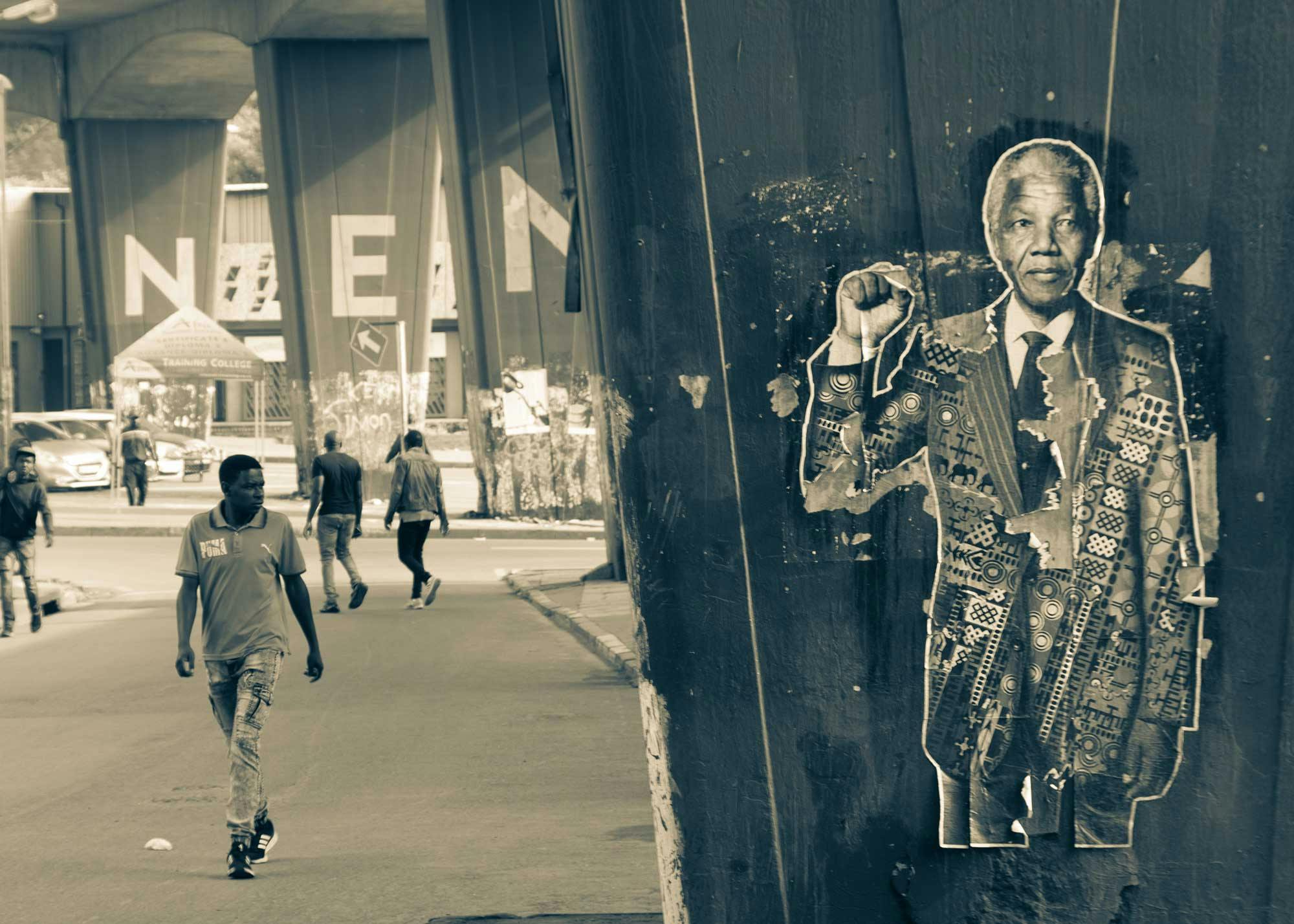
Resistance to Apartheid
There were many forms of resistance through the years; non-violent demonstrations, political rallies, strikes, and eventually there was armed resistance. The African National Congress organized a mass meeting in 1952, and there, members burned their passbooks.
In 1955 a group calling itself the Congress of the People adopted a freedom charter that declared South Africa belonged to all people who live there, black and white. The all-white government broke up the meeting and arrested some 150 people, charging them with high treason.
By 1961 most of the leaders of resistance organizations had been arrested and given long prison terms or executed. Nelson Mandela, now the leader of the Umkhonto we Sizwe, The Spear of the Nation, the military arm of the ANC, was arrested and incarcerated for close to three decades.
Who was Nelson Mandela, Education.
Real leaders must be ready to sacrifice all for the freedom of their people.Quote:
Nelson Mandela
Rolihlahla Mandela was born into the Madiha clan in the village of Mvezo, in Eastern Cape, Africa, on July 18, 1918. He attended primary school in Qunu where, according to the customs of giving all school children “Christian” names, a teacher gave him the name Nelson.
Mandela’s father, Nkosi Mphakanyiswa Gadla Mandela, was principal counselor to the Acting King of the Thembu people, Jongintaba Dalindyebo. When he was only 12 years old, his father passed away, and Nelson became a ward at the great palace of the Acting King.
Mandela continued his schooling and matriculated at Healdtown, a Wesleyan secondary school of some repute. He then began his work on a Bachelor of Arts Degree at University College of Fort Hare. However, he did not finish his degree as he was expelled from the school for joining a student protest. His expulsion infuriated the King, who demanded he return to Fort Hare and finish; however, Mandela had other plans.
Mandela and his cousin, Justice, ran away to Johannesburg, arriving in 1941. Mandela took on work as a mine security officer and started studying for his LLB, a law degree at the University of the Witwatersrand. Mandela was a poor student by his own admission, and he left the University in 1952 without attaining a degree.
He started studying again through the University of London after his imprisonment in 1962; however, he stopped before attaining his degree.
He finally obtained his LLB through the University of South Africa in 1989 and graduated in absentia at Cape Town.
Mandela and Politics
I learned that courage was not the absence of fear but the triumph over it. The brave man is not he who does not feel afraid, but he who conquers that fear.Quote:
Nelson Mandela
In 1944, Nelson Mandell joined the African National Congress, where he was instrumental in creating the ANC Youth League (ANCYL). He quickly rose through the ranks, driven by his passionate desire to see equality among all Africans. Through the ANCYL efforts, the ANC adopted a more radical mass-based policy known as the Program of Action in 1944.
In 1952, he was named National Volunteer-in-Chief of the Defiance Campaign, a civil disobedience campaign against six unjust laws, which segregated the country. The campaign was largely non-violent, and one of the components, the bus strikes, served as an inspiration for the Civil Rights movement in the United States.
The government labeled the protests as anarchy, communism, and disorder. Police used batons to force citizens to submit, and on November 9, 1952, police fired on a crowd of peaceful protesters, killing fourteen and injuring thirty-nine. South African Minister of Justice Charles Swart gave orders to shoot demonstrators on sight. In July of ‘52, there were raids on the ANC offices. Many were arrested, and many lost their jobs. The ANC set up a fund to help those fired due to their participation in the campaign.
Mandela and nineteen other leaders were arrested under the “Suppression of Communism Act” for their involvement in the civil disobedience campaign and sentenced to nine months of hard labor, suspended for two years.
Mandel and the Law
Now free and with a two-year diploma in Law on top of his B.A., Mandela was able to practice law. In 1952 he and Oliver Tambo established South Africa’s first black law firm, Mandel & Tambo.
At the end of 1952, Mandela was banned for the first time. He was found guilty of Statutory Communism, a catch-all term the government used for anyone opposed to apartheid. He was given the six-month ban, which meant he could no longer attend ANC meetings, nor could he speak to more than one individual at a time.
The Trial for Treason
On December 5, 1956, a countrywide police sweep in which Mandela was arrested with hundreds of others leading to the 1956 Treason Trails.
Men and women were in the dock for a marathon trial that only ended when the last twenty-eight accused, including Mandela, were acquitted on March 29, 1961. What’s hard to imagine is time; Mandela and others were waiting to know their fate—waiting for their turn at trial and waiting to be free from the trumped-up government charges. Sadly, despite his acquittal in this bogus arrest, Mandela’s problems were not over. While awaiting his chance for trial, Mandela did not stop protesting the unjust laws of apartheid.
On March 21, 1960, police in Sharpeville fired on a crowd of unarmed black people, killing sixty-nine of them. This was the first and most violent demonstration against apartheid in South Africa. People had gathered to protest the Pass laws- a form of internal passport designed to segregate the population. This event became known as the Sharpeville massacre.
The Sharpeville event also led to the country’s first state of emergency and the banning of the African National Congress and the Pan Africanist Congress. Still awaiting his turn on the dock for the charge of treason, on April 8, Mandela and his colleagues were among the thousands detained during this state of emergency. Despite being on trial, he never stopped the fight for what he believed in and demonstrating against the injustice of apartheid.
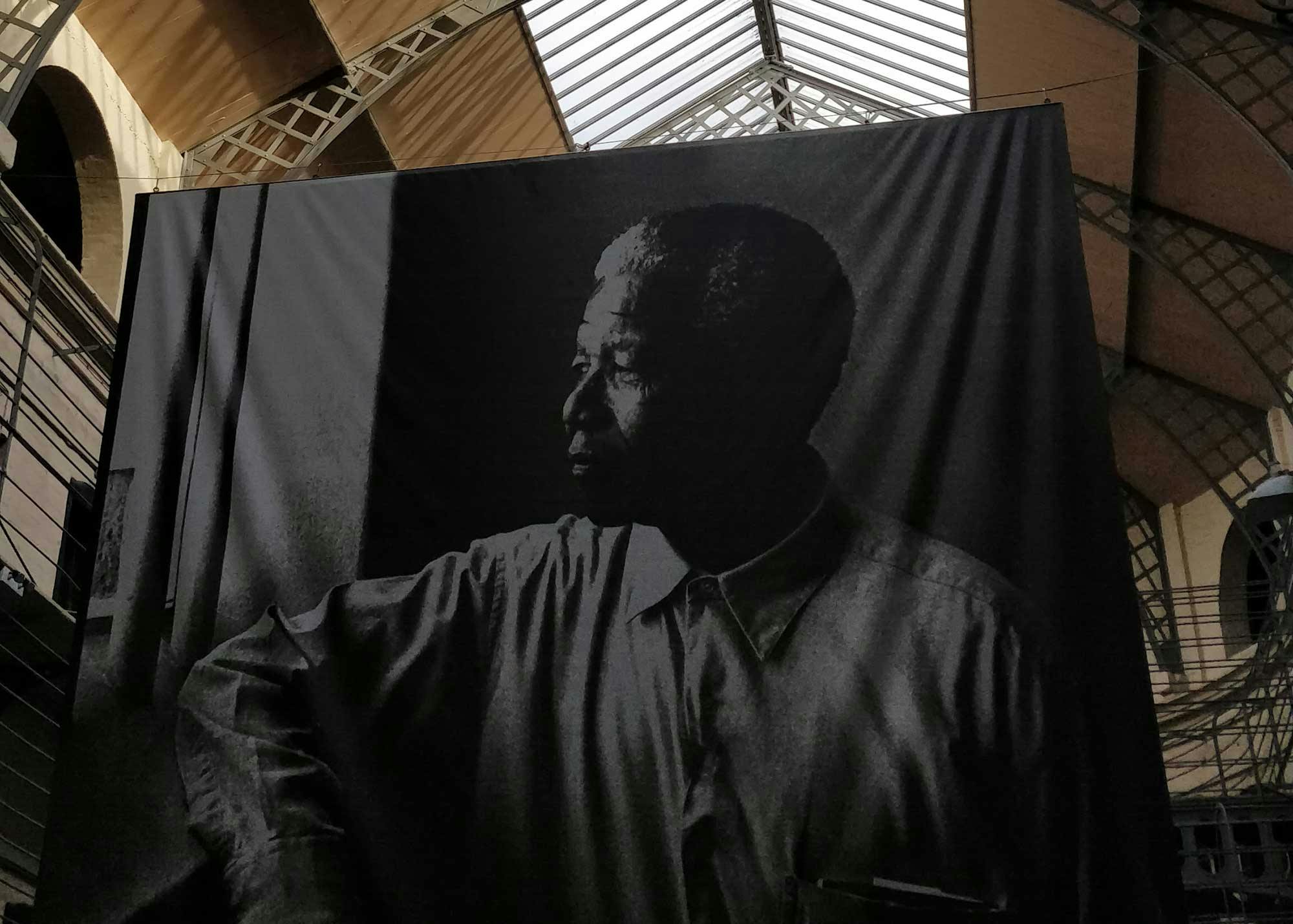
A Letter and Going Underground
"There is no passion to be found playing small in settling for a life that is less than the one you are capable of living."- Nelson Mandela.
Before the conclusion of the treason trial, Mandela traveled to Pietermaritzburg to speak at the All-In Africa Conference. The conference resolved that he should write to Prime Minister Hendrik Verwoerd, who is often called the architect of apartheid, and request a national convention on a non-racial constitution. The letter warned that if the Prime Minister did not agree to the convention, there would be a national strike against South Africa becoming a Republic.
After being acquitted of the charge of treason, Mandela now went underground and started planning the strike that would be held on March 29, 30, and 31. Due to a massive state security mobilization and fear of harm for those participating in the strike, it was called off early, but, the point was still clear, apartheid’s time needed to be over.
Despite his non-violent views, in June of 1961, Mandela was asked to lead an armed struggle. In this time, he helped establish the Umkhonto we Sizwe, Spear of the Nation, which launched on December 16, 1961, with a series of bomb attacks on government targets, and plans were being made for possible guerilla warfare.
A Time to Fight
January 1962, under an assumed name Mandela, now David Motsamayi, secretly left South Africa, traveling to Algeria, Egypt, and Ghana to get international backing for the Umkhonto. During this time, Mandela also visited England in hopes of gaining recognition and support for the anti-apartheid movement.
Knowing that the building struggle for independence would need actions and words, he received military training in Morocco and Ethiopia. With training complete, he returned to South Africa in July of 1952.
After climbing a great hill. One only finds that there are many more hills to climb.Quote:
Nelson Mandela
In August of the same year, Mandela traveled to KwaZulu Natal to brief ANC President Chief Albert Luthuli about his trip to gain support for the movement. When returning home, Mandela was arrested at a police roadblock.
He was charged with leaving the country without a permit and inciting workers to strike. Tried and convicted, he was sentenced to five years in prison and started his sentence at the Pretoria local prison. On May 23, 1963, he was transferred to Robben Island, a prison known for its brutal conditions and housing political prisoners. He was returned to Pretoria on June 12.
His trials continued, and on October 9, 1963, he and ten others were tried for sabotage. These trials would be known as the Rivonia Trials or the trial that changed South Africa; Mandela faced the death penalty.
Undoubtedly, Mandela’s speech in the dock was the most profound moment in the trial, which came to be given the name “I am prepared to die.” This three-hour speech was delivered from the dock on April 20, 1964, and is considered one of the greatest speeches of the 20th century; it is a crucial moment in South African history. Mandela concluded his speech this way;
“I have dedicated my life to this struggle of the African people. I have fought against white domination, and I have fought against black domination. I have cherished the ideal of a democratic and free society in which all persons will live together in harmony and with equal opportunities. It is an ideal for which I hope to live for and to see realized. But, My Lord, if it needs to be, it is an ideal for which I am prepared to die.” - Nelson Mandela, The Rivonia Trials, 4/20/64
On June 11, 1964, Mandela and seven others were convicted and sentenced to life in prison. He was sent to Robben Island.
An Activist in Prison
Do not judge me by my successes, judge me by how many times I fell down and got back up again.Quote:
Nelson Mandela
Throughout his imprisonment, he rejected three conditional offers of release. The conditions were that he renounced violence and violent protest to bring about change in South Africa. President P.W. Botha had put forth these offers. He remained on Robben Island until August 28, 1988, when he was diagnosed with tuberculosis. Following the diagnosis, Mandela spent three months in two different hospitals. On December 7, 1988, he was transferred to a house at Victor Verster Prison, where he spent the past fourteen months of his imprisonment.
After serving twenty-seven years in prison at Robben Island, Pollsmoor Prison, and Victor Verster Prison, sensing the growing domestic and international pressure and fear of racial civil war, President F.W. de Klerk released Mandela on February 11, 1990. Nine days after the unbanning of the African Nation Congress and the Pan Africanist Congress.
Apartheid rule continued until May of 1990.
A Powerful Voice
For to be free is not merely to cast off one's chains, but to live in a way that respects and enhances the freedom of others.Quote:
Nelson Mandela
Mandela’s freedom didn’t mean an end to the struggle or his work. Together with President de Klerk, he led a negotiation to end apartheid, culminating with the 1994 multiracial general elections. In these elections, Mandela led the African National Congress to victory, and he was elected President. Mandela led a broad coalition government that produced a new constitution; Mandela emphasized reconciliation between the country's racial groups and created the Truth and Reconciliation Commission to investigate past human rights abuses.
In 1993 Mandela and de Klerk jointly won the Nobel Peace Prize for their work.
In 1994, Mandel was inaugurated as South Africa’s first democratically elected president. As promised, he stepped down in 1999 after one term.
Not Without Controversy
One of the things I learned when I was negotiating was that until I changed myself, I could not change others.Quote:
Nelson Mandela
Mandela’s belief and devotion to freedom, equality, democracy, and learning never wavered. Despite continued provocation, he never answered racism with racism. While it is easy to look back and resurrect only the good parts of his story, he was not a man without controversy. He had moments of violence, moments of regret, and doubt, which only make him more human and more impressive. The violence of the Spear of the Nation will always be held up by those who seek to diminish his achievements but, he never claimed to be a saint or a God; he was a man fighting for his fellow humankind.
On 5 December 2013, Nelson Mandela, the first President of South Africa to be elected in a fully representative democratic election and the country's first black head of state, died at the age of 95 after suffering from a prolonged respiratory infection.
Nelson Mandela Day
There can be no greater gift than that of giving one's time and energy to helping others without expecting anything in return.Quote:
Nelson Mandela
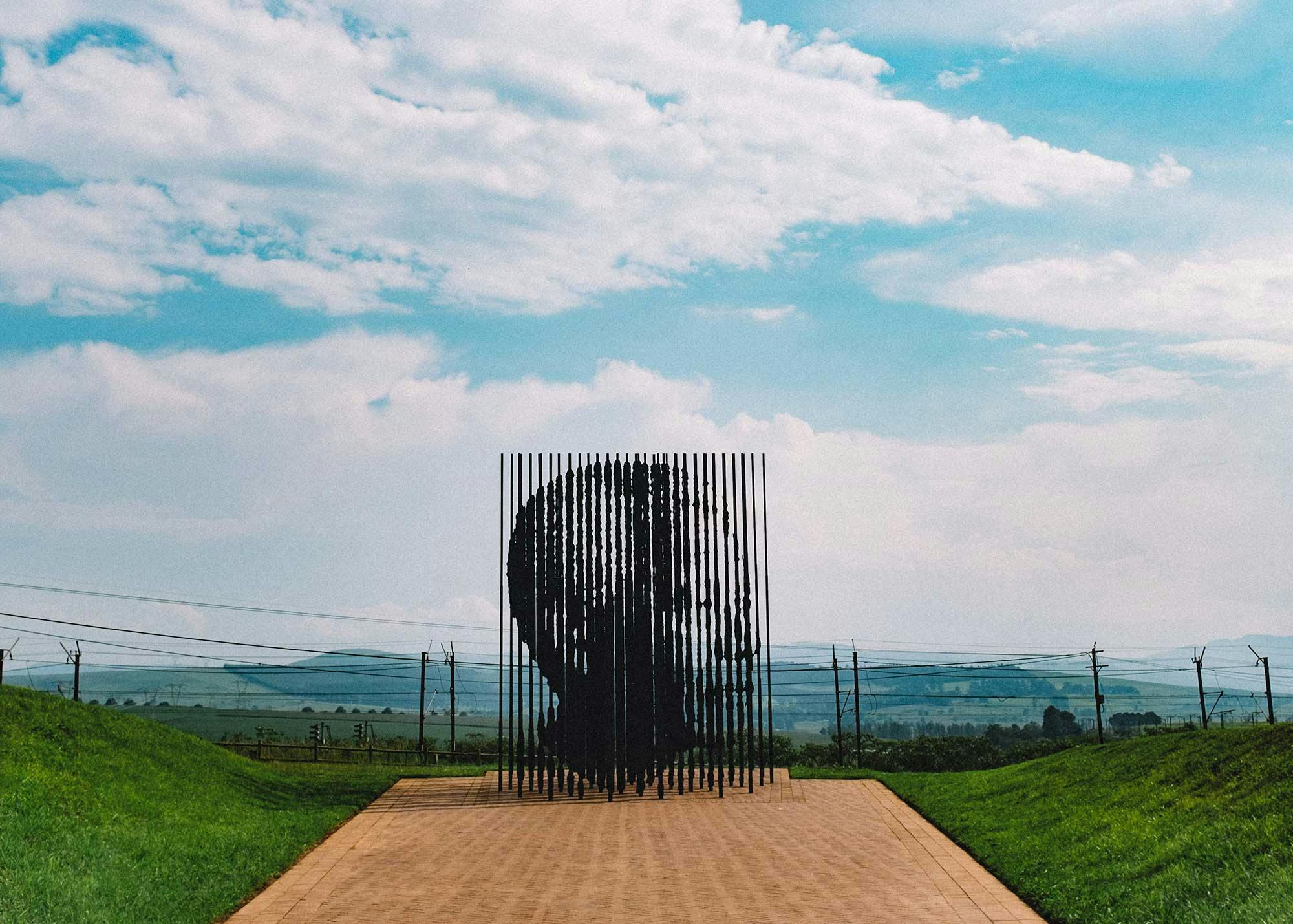
On July 18, Mandela’s birthday and a day officially declared by the United Nations in November 2009, we celebrate Nelson Mandela Day.
This is a day to celebrate Mandela, his struggles for his nation, and his ultimate success in fighting against injustice, institutionalized racism, and oppression. It is also a day to remember and somehow thank all of those in history who have faced intimidation, evil, racism, sexism, classism, and more and said “No. This is no longer the way of this world.”
Like many before and many to come, Mandela had the courage to face an attack on his convictions. He was attacked again and again by a racist, corrupt government, by pawn Police officials, soldiers, politicians, his own countrymen, and at times, the world. His convictions about peace, equality, and justice were struck, shaken, pushed, clubbed, jailed, and dehumanized but never forgotten.
The strength of his convictions reverberated around the world and influenced so many movements. The Civil Rights movement here in the United States was undoubtedly influenced by his work, his fight, and his unwavering devotion to the idea of a non-racial government.
We here at ThoughtLab stand in awe of Nelson Mandela, what he endured and what he won for his country. We will honor him and all of those through history who have placed self second to nation, humanity, and a worthy cause.
Take a moment on this day and examine his life and his achievements. When you’ve done this, think of someone else who has inspired you to have the courage for an attack on your convictions, to better the world around you. Enjoy the day and share with us a story of a person you admire, a person who fought the good fight and inspired others to do the same.
We remember Nelson Mandela, who faced his accusers, his oppressors and declared for the world to hear that in his fight for equality; “I am prepared to die.”

